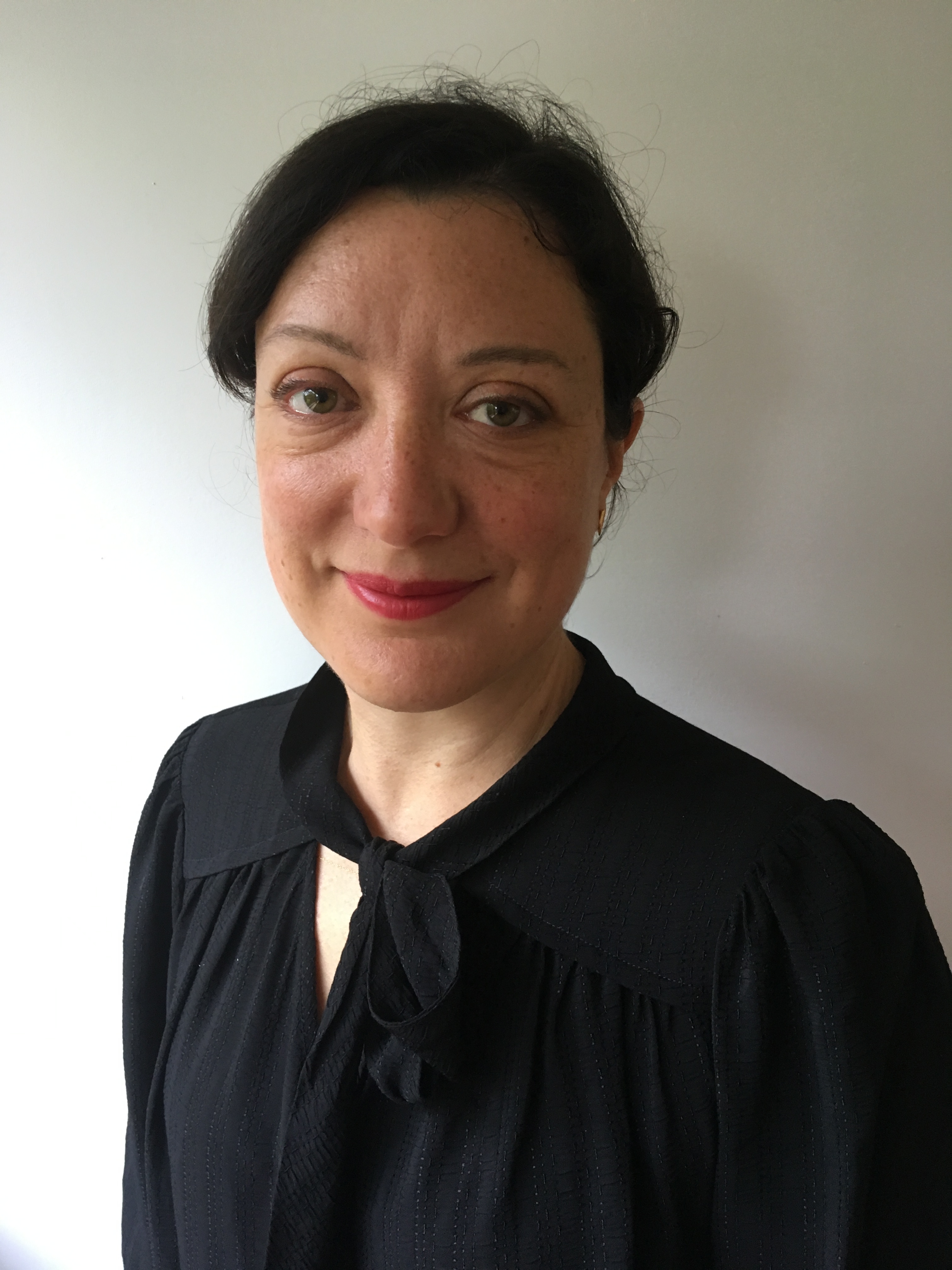Going nuclear

It’s not every day that I get invited to visit a nuclear fusion facility. For the Spring 2024 issue of Project, I was invited to meet the people behind the decommissioning of the Joint European Torus (JET) in Oxfordshire, a 40-year-old research machine that has run world-leading experiments, including creating a plasma that reached the highest temperature in our Solar System (yes, even hotter than the sun).
JET might be winding down but its contribution to developing a carbon zero, stable energy source, has been invaluable to this fast-growing global sector. Its decommissioning programme is a world-first in its own right.
Nuclear fusion, unlike fission, works by fusing together the nuclei of deuterium and tritium at extraordinarily high temperatures, expelling neutrons and thereby releasing energy. Deuterium is found in seawater, and the waste produced from the process is much lower grade and far less than that of current nuclear fission reactors.
Interest in fusion is hotting up
The UK government announced its domestic £650m Fusion Futures programme in October 2023, including investment for the building of STEP (Spherical Tokamak for Energy Production), a prototype fusion power plant in Nottinghamshire planned to be online by 2040
There is also a commitment to expand fusion training programmes with businesses and universities to invest in more than 2,200 people by 2028; and a £50m investment into the Culham Campus (where JET is based) to grow its cluster of fusion start-ups. The government has also reiterated its openness to collaborate with the International Experimental Thermonuclear Reactor (ITER) in France.
A seductive new sector
I met two young project managers who are working on the decommissioning programme of JET, who have been seduced by the potential of nuclear fusion to become a reliable and sustainable energy source, and want to find purpose in their work through their fight against climate change.
Nick Jones, a 29-year-old project manager, helps to manage the design, build and operation of robotics that will remove the irradiated tiles inside the Joint European Torus’ (JET) tokamak.
“We often talk about how what we're doing is genuinely contributing to the direction humankind is going in with energy production. If we can crack commercial fusion, it will quite literally change the face of the earth,” says Jones. “It’s hugely motivating.”
A new way forward for green energy
Could fusion be the future face of nuclear energy that will attract the 20- and 30-project managers that the UK is so desperately short of? Verity Armstrong, a 30-year-old engineer turned project manager joined JET’s decommissioning programme last year. “It’s an attractive career,” she says, having moved from nuclear fission into fusion.
“Nuclear power is one of the only kind of proven, sustainable technologies that produces a stable baseload… I’ve always wanted to work in sustainable energy. I thought I'd end up working in solar but nuclear is where I've ended up and I wouldn't have it any other way,” she says.
Jones agrees. “It’s hugely rewarding… I really enjoy the complexity and the challenge of nuclear itself. And it's not a huge field, robotics… After my apprenticeship I saw a role come up [at JET] and thought that's right up my street, so moved 250 miles down the road [from Wales].”
What young project professionals want
For the Autumn 2022 issue of Project, I interviewed a handful of bright young project managers about the future they aspired to. Sustainability was a core purpose for these high-flyers. What frustrates them is the slow pace of change. “I have this sense of urgency about climate change and I feel that often with projects it’s a really slow process,” explained Ashlyn O’Riordan, Project Manager at Turner & Townsend.
“I want people to start pushing their clients to think about sustainability as an essential part now, because the later we do it the worse it will be.” She urges those at the top of the profession to “feel that sense of urgency that we do.”
As Armstrong says about her work on the JET decommissioning programme, “It's nice to know that you're making a difference…. knowing that my project will form the rest of the strategy for decommissioning, and that we'll give some good scientific value to the scientists who are going to go and build STEP. ”
With so much investment and expectation in fusion energy, it looks like the future of nuclear is green and glowing.
Read the Spring 2024 issue of Project to find out more


0 comments
Log in to post a comment, or create an account if you don't have one already.